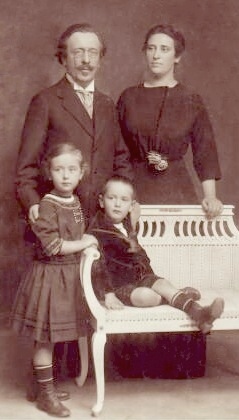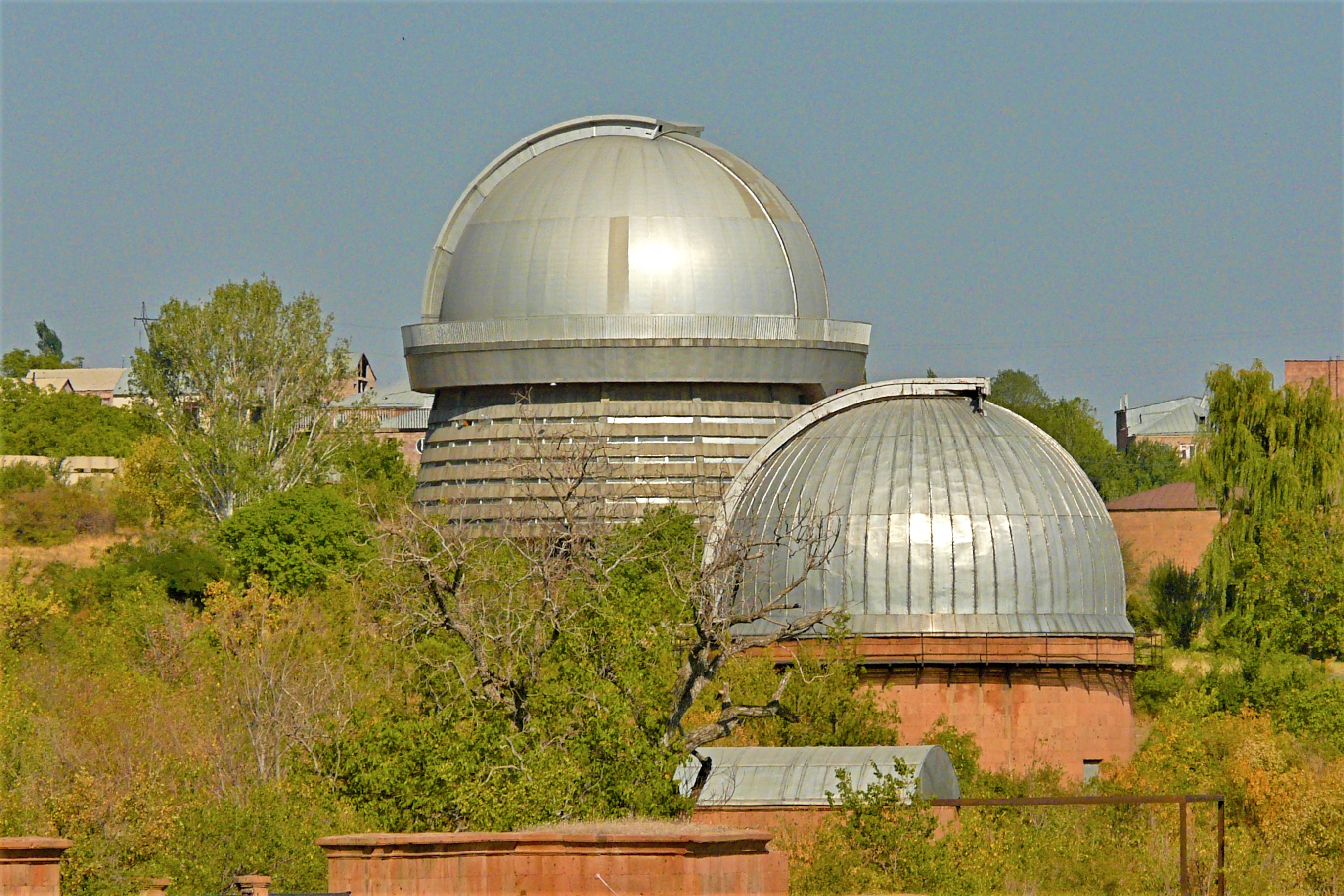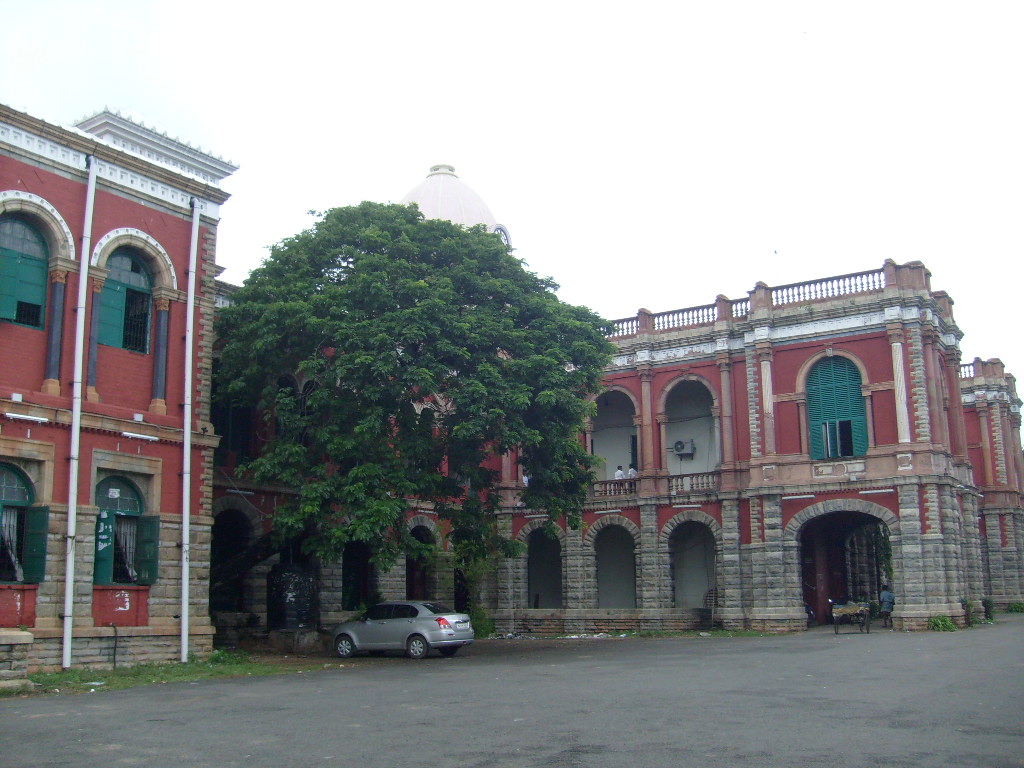|
Chandrasekhar–Eddington Dispute
In the Chandrasekhar–Eddington dispute of the early 20th century, English astronomer Arthur Eddington and Indian astronomer Subrahmanyan Chandrasekhar disagreed over the correct theory to describe the final stages of a star's lifecycle. During the dispute, Chandrasekhar was at the beginning of his career and Eddington was a renowned physicist of the time. Chandrasekhar had proposed a limit, now known as the Chandrasekhar limit, to the mass of a white dwarf star. In a series of conferences and encounters Eddington advocated for an alternative theory, openly criticizing and mocking Chandrasekhar's models. Chandrasekhar's theories ended up being successful in astronomy; he received the Nobel Prize in Physics in 1983 for his stellar models. Chandrasekhar's limit became a supporting piece of theoretical evidence for the existence of black holes. Background Arthur Eddington was renowned for the 1919 Eddington experiment, in which he demonstrated Albert Einstein's general relativit ... [...More Info...] [...Related Items...] OR: [Wikipedia] [Google] [Baidu] |
Arthur Eddington
Sir Arthur Stanley Eddington, (28 December 1882 – 22 November 1944) was an English astronomer, physicist, and mathematician. He was also a philosopher of science and a populariser of science. The Eddington limit, the natural limit to the luminosity of stars, or the radiation generated by accretion onto a compact object, is named in his honour. Around 1920, he foreshadowed the discovery and mechanism of nuclear fusion processes in stars, in his paper "The Internal Constitution of the Stars".The Internal Constitution of the Stars A. S. Eddington The Scientific Monthly Vol. 11, No. 4 (Oct., 1920), pp. 297–303 At that time, the source of stellar energy was a complete mystery; Eddington was the first to correctly speculate that the source was fusion of hydrogen into helium. Eddington wrote a number of articles that announced and explained Einstein's theory of general relativity to the English-speaking world. World War I had severed many lines of scientific communication, and ... [...More Info...] [...Related Items...] OR: [Wikipedia] [Google] [Baidu] |
James Jeans
Sir James Hopwood Jeans (11 September 1877 – 16 September 1946) was an English physicist, mathematician and an astronomer. He served as a secretary of the Royal Society from 1919 to 1929, and was the president of the Royal Astronomical Society from 1925 to 1927, and won its Gold Medal of the Royal Astronomical Society, Gold Medal. Early life Born in Ormskirk, Lancashire, the son of William Tulloch Jeans, a parliamentary correspondent and author. Jeans was educated at Merchant Taylors' School, Northwood, Merchant Taylors' School, Wilson's School, Wilson's Grammar School, Camberwell and Trinity College, Cambridge. As a gifted student, Jeans was counselled to take an aggressive approach to the Cambridge Mathematical Tripos competition: Career Jeans was elected Fellow of Trinity College in October 1901, and taught at Cambridge, but went to Princeton University in 1904 as a professor of applied mathematics. He returned to Cambridge in 1910. From 1923 to 1944 he was associated ... [...More Info...] [...Related Items...] OR: [Wikipedia] [Google] [Baidu] |
Niels Bohr
Niels Henrik David Bohr (, ; ; 7 October 1885 – 18 November 1962) was a Danish theoretical physicist who made foundational contributions to understanding atomic structure and old quantum theory, quantum theory, for which he received the Nobel Prize in Physics in 1922. Bohr was also a philosopher and a promoter of scientific research. Bohr developed the Bohr model of the atom, in which he proposed that energy levels of electrons are discrete and that the electrons revolve in stable orbits around the atomic nucleus but can jump from one energy level (or orbit) to another. Although the Bohr model has been supplanted by other models, its underlying principles remain valid. He conceived the principle of Complementarity (physics), complementarity: that items could be separately analysed in terms of contradictory properties, like behaving as a Wave–particle duality, wave or a stream of particles. The notion of complementarity dominated Bohr's thinking in both science and philoso ... [...More Info...] [...Related Items...] OR: [Wikipedia] [Google] [Baidu] |
Léon Rosenfeld
Léon Rosenfeld (; 14 August 1904 in Charleroi – 23 March 1974) was a Belgian physicist and a communist activist. Rosenfeld was born into a secular Jewish family. He was a polyglot who knew eight or nine languages and was fluent in at least five of them. Rosenfeld obtained a PhD at the University of Liège in 1926, and he was a close collaborator of the physicist Niels Bohr from 1930 until Bohr's death in 1962. Rosenfeld published in 1930 the first systematic Hamiltonian approach to Lagrangian models that possess a local gauge symmetry, which predates by two decades the work by Paul Dirac and Peter Bergmann. Rosenfeld contributed to a wide range of physics fields, from statistical physics and quantum field theory to astrophysics. Along with Frederik Belinfante, he derived the Belinfante–Rosenfeld stress–energy tensor. He also founded the journal ''Nuclear Physics'' and coined the term lepton. In 1933, Rosenfeld married Yvonne Cambresier, who was one of the first wo ... [...More Info...] [...Related Items...] OR: [Wikipedia] [Google] [Baidu] |
Henry Norris Russell
Henry Norris Russell ForMemRS HFRSE FRAS (October 25, 1877 – February 18, 1957) was an American astronomer who, along with Ejnar Hertzsprung, developed the Hertzsprung–Russell diagram (1910). In 1923, working with Frederick Saunders, he developed Russell–Saunders coupling, which is also known as LS coupling. Life Russell was born on 25 October 1877, at Oyster Bay, New York, the son of Rev Alexander Gatherer Russell (1845-1911) and his wife, Eliza Hoxie Norris. After graduating from Princeton Preparatory School in 1893, he studied astronomy at Princeton University, obtaining his B.A. in 1897 and his doctorate in 1900, studying under Charles Augustus Young. From 1903 to 1905, he worked at the Cambridge Observatory with Arthur Robert Hinks as a research assistant of the Carnegie Institution and came under the strong influence of George Darwin. He returned to Princeton to become an instructor in astronomy (1905–1908), assistant professor (1908–1911), professor (1 ... [...More Info...] [...Related Items...] OR: [Wikipedia] [Google] [Baidu] |
International Astronomical Union
The International Astronomical Union (IAU; , UAI) is an international non-governmental organization (INGO) with the objective of advancing astronomy in all aspects, including promoting astronomical research, outreach, education, and development through global cooperation. It was founded on 28 July 1919 in Brussels, Belgium and is based in Paris, France. The IAU is composed of individual members, who include both professional astronomers and junior scientists, and national members, such as professional associations, national societies, or academic institutions. Individual members are organised into divisions, committees, and working groups centered on particular subdisciplines, subjects, or initiatives. the Union had 85 national members and 12,734 individual members, spanning 90 countries and territories. Among the key activities of the IAU is serving as a forum for scientific conferences. It sponsors nine annual symposia and holds a triannual General Assembly that sets policy ... [...More Info...] [...Related Items...] OR: [Wikipedia] [Google] [Baidu] |
Lev Landau
Lev Davidovich Landau (; 22 January 1908 – 1 April 1968) was a Soviet physicist who made fundamental contributions to many areas of theoretical physics. He was considered as one of the last scientists who were universally well-versed and made seminal contributions to all branches of physics. He is credited with laying the foundations of twentieth century condensed matter physics, and is also considered arguably the greatest Soviet theoretical physicist. His accomplishments include the independent co-discovery of the density matrix method in quantum mechanics (alongside John von Neumann), the quantum mechanical theory of diamagnetism, the theory of superfluidity, the theory of second-order phase transitions, invention of order parameter technique, the Ginzburg–Landau theory of superconductivity, the theory of Fermi liquids, the explanation of Landau damping in plasma physics, the Landau pole in quantum electrodynamics, the two-component theory of neutrinos, and Landau's ... [...More Info...] [...Related Items...] OR: [Wikipedia] [Google] [Baidu] |
Viktor Ambartsumian
Viktor Amazaspovich Ambartsumian (; , ''Viktor Hamazaspi Hambardzumyan''; 12 August 1996) was a Soviet and Armenian astrophysicist and science administrator. One of the 20th century's leading astronomers, he is widely regarded as the founder of theoretical astrophysics in the Soviet Union. Educated at Leningrad State University (LSU) and the Pulkovo Observatory, Ambartsumian taught at LSU and founded the Soviet Union's first department of astrophysics there in 1934. He subsequently moved to Soviet Armenia, where he founded the Byurakan Observatory in 1946. It became his institutional base for the decades to come and a major center of astronomical research. He also co-founded the Armenian Academy of Sciences and led it for almost half a century—the entire post-war period. One commentator noted that "science in Armenia was synonymous with the name Ambartsumian." In 1965 Ambartsumian founded the journal '' Astrofizika'' and served as its editor for over 20 years. Ambartsumia ... [...More Info...] [...Related Items...] OR: [Wikipedia] [Google] [Baidu] |
Royal Astronomical Society
The Royal Astronomical Society (RAS) is a learned society and charitable organisation, charity that encourages and promotes the study of astronomy, planetary science, solar-system science, geophysics and closely related branches of science. Its headquarters are in Burlington House, on Piccadilly in London. The society has over 4,000 members, known as fellows, most of whom are professional researchers or postgraduate students. Around a quarter of Fellows live outside the UK. The society holds monthly scientific meetings in London, and the annual National Astronomy Meeting at varying locations in the British Isles. The RAS publishes the scientific journals ''Monthly Notices of the Royal Astronomical Society'', ''Geophysical Journal International'' and ''RAS Techniques and Instruments'', along with the trade magazine ''Astronomy & Geophysics''. The RAS maintains an astronomy research library, engages in public outreach and advises the UK government on astronomy education. The socie ... [...More Info...] [...Related Items...] OR: [Wikipedia] [Google] [Baidu] |
Edward Arthur Milne
Edward Arthur Milne FRS (; 14 February 1896 – 21 September 1950) was a British astrophysicist and mathematician. Biography Milne was born in Hull, Yorkshire, England. He attended Hymers College and from there he won an open scholarship in mathematics and natural science to study at Trinity College, Cambridge in 1914, gaining the largest number of marks which had ever been awarded in the examination. In 1916 he joined a group of mathematicians led by A. V. Hill for the Ministry of munitions working on the ballistics of anti-aircraft gunnery, they became known as ′Hill's Brigands′. Later Milne became an expert on sound localisation. In 1917 he became a lieutenant in the Royal Naval Volunteer Reserve. He was a fellow of Trinity College, Cambridge, 1919–1925, being assistant director of the solar physics observatory, 1920–1924, mathematical lecturer at Trinity, 1924–1925, and university lecturer in astrophysics, 1922–1925. He was Beyer professor of applied ... [...More Info...] [...Related Items...] OR: [Wikipedia] [Google] [Baidu] |
University Of Cambridge
The University of Cambridge is a Public university, public collegiate university, collegiate research university in Cambridge, England. Founded in 1209, the University of Cambridge is the List of oldest universities in continuous operation, world's third-oldest university in continuous operation. The university's founding followed the arrival of scholars who left the University of Oxford for Cambridge after a dispute with local townspeople. The two ancient university, ancient English universities, although sometimes described as rivals, share many common features and are often jointly referred to as Oxbridge. In 1231, 22 years after its founding, the university was recognised with a royal charter, granted by Henry III of England, King Henry III. The University of Cambridge includes colleges of the University of Cambridge, 31 semi-autonomous constituent colleges and List of institutions of the University of Cambridge#Schools, Faculties, and Departments, over 150 academic departm ... [...More Info...] [...Related Items...] OR: [Wikipedia] [Google] [Baidu] |
Presidency College, Madras
Presidency College is an art, commerce, and science college in the city of Chennai in Tamil Nadu, India. On 16 October 1840, this school was established as the Madras Preparatory School before being repurposed as a high school, and then a graduate college. The Presidency College is one of the oldest government arts colleges in India. It is one of two Presidency Colleges established by the British in India, the other being the Presidency College, Kolkata. History Sir Thomas Munro asked for a Committee of Public Instruction to form in 1826. In 1836, the committee's duties changed to the "Committee of Native Education". The plans drawn up by the committee did not commend themselves to the Governor of Madras, Lord Elphinstone, who proposed nineteen resolutions that passed unanimously. Elphinstone chose E. B. Powell, a University of Cambridge Wrangler in mathematics, to be the first principal, and Powell accepted the post. He arrived in Mumbai (Bombay) on September 20, 184 ... [...More Info...] [...Related Items...] OR: [Wikipedia] [Google] [Baidu] |





